Want a place that fits your vibe without doom-scrolling for an hour? This is your fast, practical guide to find a club near you tonight-no faff, no embarrassment at the door, no missing last rides.
Nightclub is a late-night dance venue with amplified music, DJs or live sets, and a licensed bar; typical hours 22:00-04:00, capacity ranges from 200 to 2,000+, door policies vary.
When you search night club near me, you’re not asking for every place with a dancefloor-you want the right music, the right crowd, and a smooth entry. Here’s how to get that without wasting your night.
TL;DR
- Use filters: genre, price, queue status, and ticket links. Trust platforms like Resident Advisor, DICE, Skiddle, and Time Out for tonight’s listings.
- Check door policy: dress code, age, ID, and guest list. Look for “last entry” and “re-entry” notes.
- Pre-buy tickets for peak nights (Fri-Sat). Show by 11:30 pm to skip the worst queues.
- Match vibe to genre: EDM/techno for energy, hip hop for singalongs, house for bounce, Latin for partner vibes, LGBTQ+ clubs for inclusive floors.
- Plan your exit: last tram/bus times, rideshare surges, and a backup taxi rank.
What “night club near me” actually means
You’re choosing more than a location-you’re choosing a vibe, a door policy, and a plan for the whole night. That means balancing proximity with genre, price, and crowd fit.
Nightlife is the set of social activities after dark-bars, clubs, gigs, and after-parties-shaped by licensing hours, transport options, and local culture.
Three things decide whether you have a good night: the music (does it match your energy), the people (do you feel welcome), and the friction (how hard it is to get in, buy drinks, and get home). If one fails, the night stutters.
Find the right club in five minutes
- Pick your vibe first. Are you chasing bass-heavy energy or a chat-friendly room?
- Open a listings source that updates in real time: Resident Advisor for underground and DJ-led nights; DICE and Skiddle for tickets; Time Out for city roundups; Instagram/TikTok for today’s stories and queue clips.
- Filter by tonight and neighborhood. If you’re in the city centre, shave 20 minutes off travel time and avoid dead zones.
- Check event details: last entry time, door policy, ticket vs. walk-in, and any age/dress requirements. If it says “ticket-only after midnight,” buy now.
- Scan recent comments/Stories for queue length and vibe. If you see “sold out” + “walk-ins limited,” move fast or pick a backup.
Heuristic: if two events look similar, go where the DJ is named and the set time is posted. Named talent usually signals a more intentional crowd.
Match your music to your mood
Music sets the pace of your night. Genres tell you what the crowd will do and wear before you arrive.
Electronic dance music (EDM) is a club genre family including house, techno, and trance; BPM usually 120-140; known for drops, builds, and DJ-led mixing.
Hip hop music is a rhythmic, lyric-driven genre; tempos often 80-110 BPM; club edits emphasize bass and hooks; attracts singalong-friendly floors and varied streetstyle.
- EDM/Techno: high energy, minimal lyrics, darker rooms, later peaks. Think black t-shirts, trainers, low-key fits.
- House/Disco: groovier and social, earlier peaks, brighter dress code. Expect dance circles and smiles.
- Hip hop/R&B: hooks and hype, bottle service areas, dressier shoes, mixed tempo.
- Latin/Reggaeton: partner dancing, catchy choruses, stylish fits, early momentum.
- Indie/Alternative: band tees, relaxed rooms, hybrid bar-club spaces.
If your group mixes tastes, pick a multi-room club so everyone gets a pocket of joy and you stay together.
Door rules that quietly decide your night
Most “we got turned away” stories boil down to three things: dress code, ID, and last entry. Get those right and the line moves.
Dress code is a door policy on clothing and footwear; typical constraints: no sportswear or caps, closed shoes, smart-casual for mainstream clubs; underground events tend to be more relaxed but still tidy.
Guest list is a pre-registered entry list offering reduced cover or line priority; requires name + time window; often void after last entry.
- ID: Carry a physical photo ID. In the UK, that’s passport or driving licence. Digital copies rarely work.
- Last entry: If the event says “no entry after 1:30 am,” don’t push it. Security won’t budge.
- Cover charge: Friday/Saturday peaks run higher; student nights and early entries are cheaper.
- Groups: Balanced ratios still matter at some mainstream clubs. Mixed groups tend to move faster.
Pro tip: screenshot your tickets, charge your phone, and keep a backup card. A dead battery at the door is a vibe-killer.
How to skip the queue and save money
- Arrive before 11:30 pm on peak nights. Most lines stack between 12:00-12:45 am.
- Pre-buy tickets on DICE/Skiddle when “final release” appears. Walk-in prices jump or cut off entirely.
- Use guest lists for early entry + reduced cover. They usually expire at a set time.
- Look for birthday offers and group bundles. Many clubs comp entry for the celebrant.
- Avoid surge exits. If rideshares spike at 2:15 am, either leave a bit earlier or later when the surge cools.
Heuristic: if the DJ is touring and the venue is medium-sized (500-800 cap), tickets are the difference between dancing and standing outside.
Club types compared: pick your perfect fit
| Club Type | Music/Feel | Typical Cover | Dress Code | Queue Intensity | Best For |
|---|---|---|---|---|---|
| Superclub | EDM/House with big drops | Medium-High (peak pricing) | Smart-casual, clean trainers | High 12-1 am | Birthdays, big groups |
| Underground Techno | Techno/Minimal, darker rooms | Medium | Relaxed but tidy | Moderate; tickets advised | Music-first crews |
| Hip Hop/R&B Lounge | Chart + classics, singalongs | Medium-High (tables add cost) | Dressier shoes, no sports caps | High on Saturdays | Celebrations, date nights |
| LGBTQ+ Club | Pop/House/Disco, inclusive vibe | Low-Medium | Expressive, inclusive | Moderate; friendly flow | Open, welcoming nights |
| Latin/Reggaeton | High-energy, partner-friendly | Low-Medium | Stylish casual | Moderate early; busy late | Dancers, social crews |
| Live Music Venue | Bands, indie/electro crossovers | Ticketed (varies) | Casual | Depends on set times | Gig-first, then club |
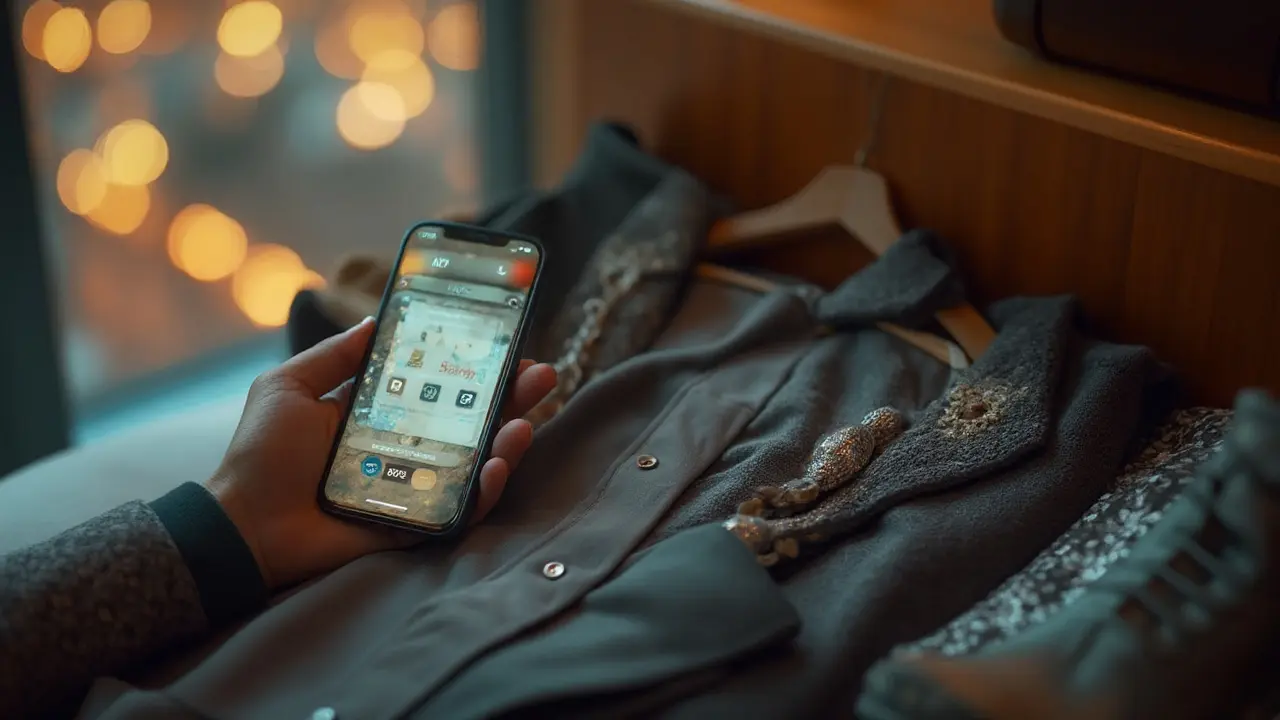
Safety, transport, and getting home without stress
Big nights end better when you plan the exit as well as the entry.
Manchester is a UK city known for its club culture, with nightlife hubs in the Northern Quarter, Deansgate, and Canal Street; served by buses, trains, and a city tram network.
- Check last tram and train times before you order your second round. Weekend times differ.
- Set a rideshare price alert if your app allows. If it surges at closing, wait 10-15 minutes in a well-lit area or walk to a taxi rank.
- Stick together on the walk out. Pick a landmark as your group’s meeting point before entering.
- Hydrate: one water per hour keeps you feeling good on the dancefloor and the morning after.
- Know the venue’s re-entry rule. If you step out and can’t come back, plan your smoke breaks accordingly.
Trusted signals: venues that publish set times, safety policies, and “lost property” procedures tend to have better run nights. Cities with Purple Flag districts often have cleaner late-night management (the UK’s Night Time Industries Association references these standards).
A real Friday plan (works in most cities)
Here’s a simple structure you can adapt anywhere.
- Group chat sets a vibe by noon: EDM energy vs. hip hop singalongs.
- By 5 pm, shortlist two events (one main, one backup). Buy tickets if the listing says “final release.”
- Pre-game in a bar near the venue to cut travel friction. Keep it to 1-2 drinks so you actually make the entry window.
- Arrive 11:15 pm. Show tickets, have IDs ready, breeze through security.
- Dance until 1:30-2 am. If the room thins, hop to the backup or a late bar within walking distance.
- Call the night: check the last tram/bus or hail a taxi from a rank. Don’t chase a third venue unless the group is 100% in.
Micro-adjustments: if the line looks brutal at 11:30 pm and you’re walk-in, pivot to your backup immediately. You’ll lose more time hoping than moving.
How DJs and rooms shape your experience
Not every night is about the headliner, but the person behind the decks sets the flow.
DJ is a performer who selects and mixes tracks; club sets often run 60-180 minutes; the closer the booth to the floor, the stronger the crowd feedback loop.
- Openers build the room; headliners release it. If you want space to dance, arrive for the opener.
- Booth placement matters. A low booth in the corner often means more eye contact and a looser, friendlier floor.
- Sound system height and sub placement decide how “heavy” the night feels. Bass near walls can feel muddier; center floor is usually cleanest.
Clubs with clear set times and respectful changeovers signal professional production. That’s a good sign for your night.
Your pre-entry checklist
- Tickets: saved offline and screenshotted.
- Photo ID: physical copy in a safe pocket.
- Shoes: clean, closed-toe; avoid brand-new blisters.
- Plan B: backup club within a 10-minute walk.
- Exit plan: last tram/bus times and a taxi fallback.
- Consent and kindness: no excuses-keep it respectful on and off the floor.
Related concepts and where to go next
Nightclubs sit inside a bigger night-time ecosystem. If you want to explore the edges, look at:
- Live music venues: pre-gig drinks, then a club set after the encore.
- Warehouse parties: ticket-only, location released late, strict entry windows.
- Student nights: cheaper covers, earlier peaks, big singalongs.
- Cocktail bars with DJs: shorter lines, conversation-friendly, early closes.
- Festival afterparties: branded lineups, high crowd energy, strict last entry.
If you’re building your own “near me” method, create a custom map with saved venues and tags like “EDM,” “Hip hop,” “Late bar,” and “Taxi rank nearby.” In a month, your nights will plan themselves.
Frequently Asked Questions
What time should I arrive to avoid lines?
On Fridays and Saturdays, aim for 11:00-11:30 pm. Lines spike around midnight when walk-ins and late taxis converge. If the event is ticket-only after midnight, arrive before the cutoff or you risk a hard no at the door.
Tickets or walk-in-what’s smarter?
If a named DJ is playing or the venue capacity is under 800, buy tickets. For casual nights or early weekday events, walk-in can be fine. Watch for “final release” on ticketing apps-that’s your sign demand is high and walk-ins may be capped.
What ID do clubs accept in the UK?
A physical passport or driving licence is standard. Some venues accept government PASS cards. Digital scans usually fail. If your group has mixed IDs, expect the slowest case to set the pace at the door.
How strict are dress codes really?
Mainstream clubs can be strict about sportswear, caps, and open footwear, especially on Saturdays. Underground events are more flexible but still want tidy looks. Clean trainers and smart-casual usually clear both worlds.
How do I pick a club if my group likes different music?
Choose a multi-room venue or a nightlife cluster where venues sit close together. That way you can split for 45 minutes and reconvene. Keep your meeting point simple (bar by the entrance, right side of the booth, or a neon sign everyone can spot).
What’s a fair cover charge right now?
For city-centre clubs, expect lower prices midweek, medium on Fridays, and higher on Saturdays. Student nights are cheaper, and early entries often save a chunk. Touring DJ events cost more but usually deliver stronger production and crowd energy.
What if I get turned away at the door?
Stay calm, don’t argue. Ask what policy you missed (ID, dress, last entry). Then pivot to your backup venue immediately. The fastest recovery is a 10-minute walk to a second option with clear walk-in notes on its listing.
How do I get home safely when rideshare prices surge?
Check last tram/bus times before you enter. If surge hits at closing, wait 10-15 minutes in a well-lit area, team up with your group, and walk to a taxi rank. Many surges fade as the first wave leaves the area.
Next steps and troubleshooting
- If every event looks “meh,” pick a nightlife cluster (two or three venues within a few blocks) and walk the vibe. Your feet will make the decision.
- If the queue is chaos, scan for guest list or ticket lines-they often move faster even when general admission stalls.
- If the music isn’t landing, give it two tracks. DJs build arcs. If it still misses, pivot to the second room or your backup venue.
- If someone in your group flags out, switch to a late bar with a dancey floor instead of forcing a second club. Better night, better memories.
- Save the winners to a custom map with tags (genre, line speed, door vibe). Your future self will thank you next Friday.
Nightlife isn’t about luck-it’s about making two or three good calls in a row. Pick your vibe, respect the door, and plan your exit. Do that, and “near me” turns into “that was exactly what we wanted.”

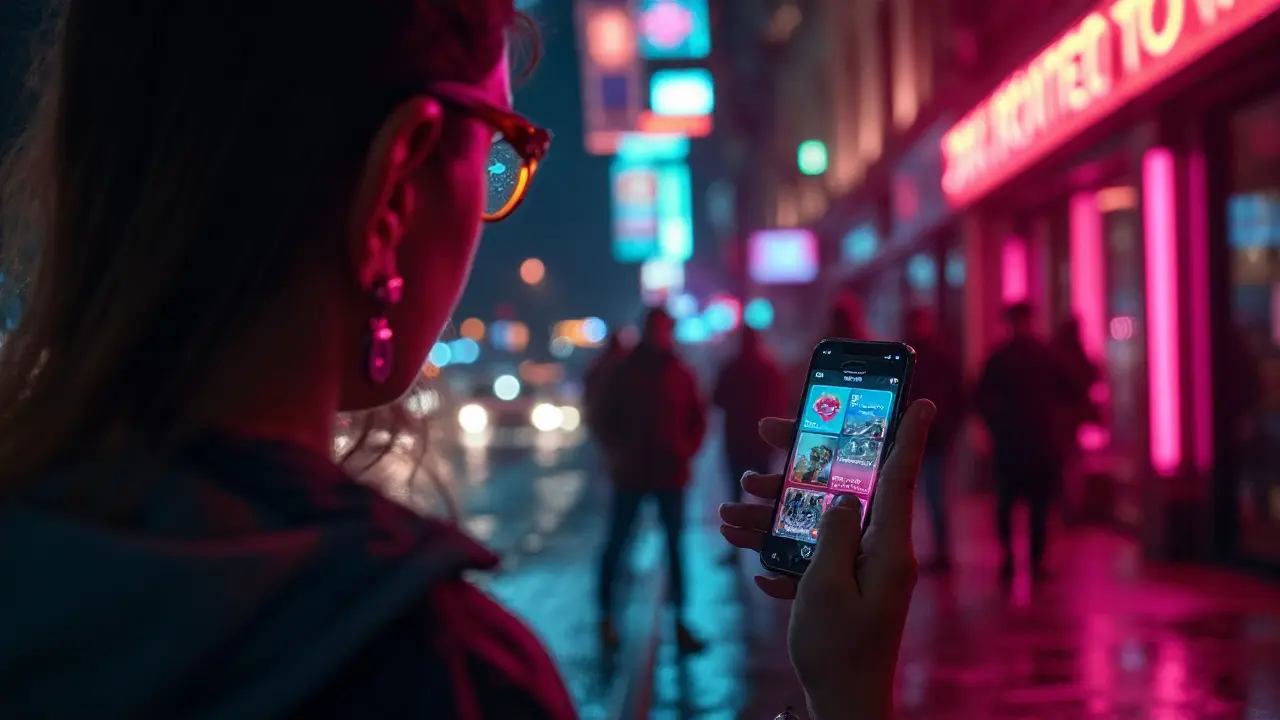
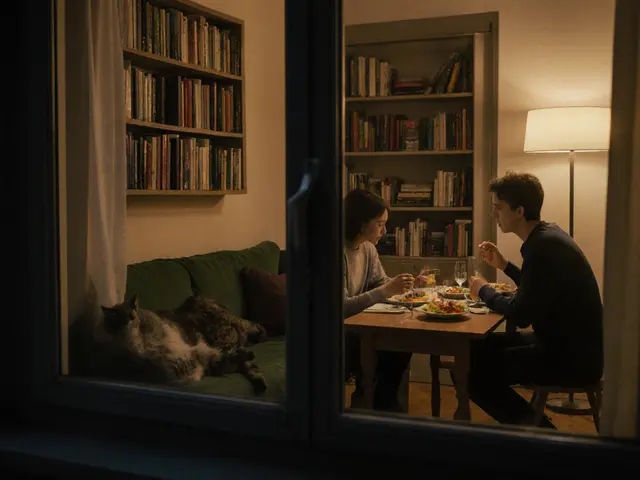

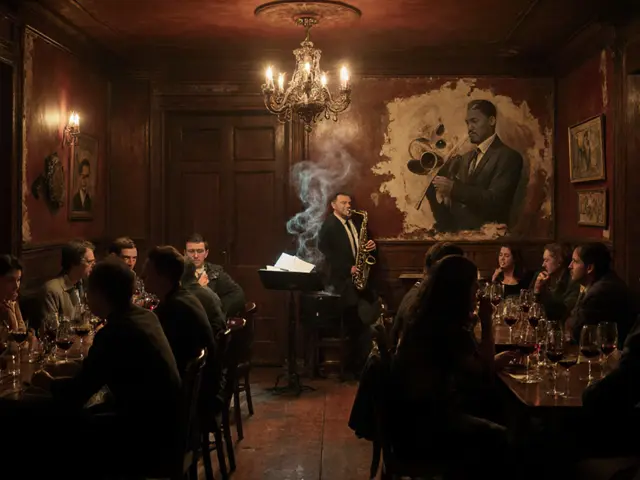
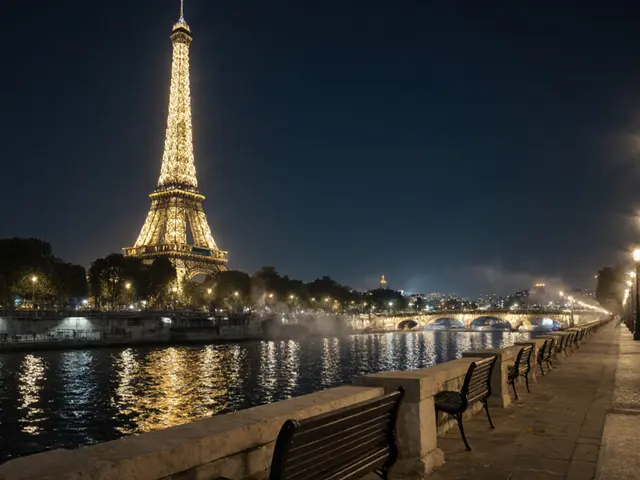

When you’re hunting for a spot, start with the platforms that actually update in real‑time – DICE and Skiddle are gold for ticket status, and Resident Advisor nails the underground line‑ups. Grab the ticket as soon as the “final release” pops, because a named DJ usually means the queue will blow up after midnight. Keep an eye on the “last entry” flag; if it says 1:30 am, set your alarm for 11:15 pm to beat the rush. A quick screenshot of your ticket and a physical ID in the same pocket saves you the “wait for us to verify” drama at the door. Finally, note the venue’s re‑entry policy – some places let you slip out for a smoke and come right back, others lock you out completely, so plan your breaks accordingly.
Pro tip: store your e‑ticket both on your phone and as a PDF in your cloud drive, then screenshot it before you leave the house. Some clubs’ scanners won’t read a QR code if your battery is below 20 %, and a dead phone at the gate is a guaranteed vibe‑killer. Having a printed backup in your wallet never hurts either – it’s the least effort for the biggest payoff.
Alright, let’s break this down step by step so you never end up standing on the curb wondering why you missed the beat. First, decide your genre – EDM for those bass‑heavy drops, hip‑hop if you want to sing along, or house if you prefer a smoother groove that keeps the vibe friendly. Second, open Resident Advisor for underground line‑ups; they list the DJ’s name, set time, and often the door policy right next to the event title. Third, cross‑reference that with DICE or Skiddle for ticket availability – if tickets are sold out but walk‑ins are listed, you’ve got a backup plan. Fourth, check the venue’s dress code: clean trainers and smart‑casual usually get you past most doors; avoid caps and sportswear unless the event explicitly says it’s chill. Fifth, grab your physical ID and put it in a front‑pocket so you don’t have to fumble at the door. Sixth, arrive early – 11:00‑11:30 pm on Fridays and Saturdays, 10:30 pm on weekdays – because the line starts to creep up around midnight. Seventh, if you see a guest‑list sign-up, jump on it – they often let you in 15‑30 minutes before general admission and sometimes waive the cover. Eighth, keep your phone charged; a dead battery means you can’t pull up your ticket or call a rideshare when the surge hits. Ninth, set a cheap rideshare alert or know the nearest taxi rank; you’ll thank yourself when the price spikes at 2 am. Tenth, stay hydrated – a glass of water every hour keeps you from crashing on the dancefloor. Eleventh, scope out the exit before you even get inside; knowing the last tram or bus time makes the end of the night painless. Twelfth, if the music isn’t clicking after the first 20 minutes, give it another 10 – DJs build arcs and you might miss the peak. Thirteenth, have a backup venue within a 10‑minute walk, and keep its name in your mental map. Fourteenth, set a simple meeting point – a neon sign, a bar counter, or a specific door – so if anyone gets lost, they can regroup fast. Fifteenth, after you’ve survived the night, jot down the venue’s name, the crowd vibe, and any quirks in a note on your phone; this becomes your personal nightlife database for future Fridays. Follow these steps and you’ll turn “night club near me” from a random guess into a guaranteed good night.
Yo, if you think the door will let you in with socks and a baseball cap, think again 🙅♀️. Most places will yank you out faster than a bad remix if you’re rocking gym wear – clean shoes, decent shirt, and for the love of the night‑life gods, no caps after 10 pm. And don’t even try to flash a digital ID; they want the real thing, not a screenshot of a screenshot. 🎟️💥
Good call on the ID, it’s the easiest way to avoid an embarrassing door‑stop.
Honestly, if you’re still scrolling through TikTok for “the best club tonight,” you’re already losing precious minutes, and that’s just lazy, inefficient behavior, especially when the venues list their line‑up, dress code, and last‑entry time clearly on their official pages, so stop relying on vague rumors, check the verified sources, buy your tickets ahead of time, and you’ll thank yourself when you breeze past the door without a hassle.
Everyone’s acting like ticket‑only events are the gold standard, but honestly a walk‑in can give you a spontaneous vibe that you won’t get from a pre‑booked list. Plus, the whole “if you’re not on the guest list you’re out” narrative is just fear‑mongering by promoters trying to inflate prices.